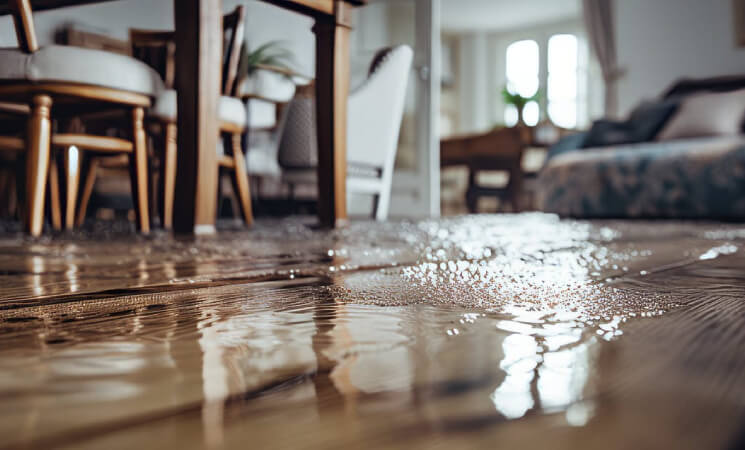Water damage restoration in Dallas-Fort Worth is a complex process that requires careful attention to detail and a comprehensive understanding of the underlying principles. One crucial aspect of effective water damage restoration is humidity control. In this article, we will explore the importance of humidity control, how it affects the restoration process, and the best practices for implementing humidity control measures in water damage restoration.
Understanding Humidity and Its Impact on Water Damage Restoration
Humidity refers to the amount of moisture in the air. When a water damage event occurs, the air in the affected area becomes saturated with moisture, leading to high humidity levels. If left unchecked, high humidity can exacerbate the damage, promote mold growth, and create an ideal environment for bacterial and fungal growth.
The Consequences of Uncontrolled Humidity
Uncontrolled humidity can have severe consequences on the water damage restoration process, including:
Mold and Mildew Growth: High humidity creates an ideal environment for mold and mildew to grow, leading to further damage and health risks.
Structural Damage: Excessive moisture can cause building materials to warp, rot, and deteriorate, compromising the structural integrity of the property.
Bacterial and Fungal Growth: High humidity can lead to the growth of bacteria and fungi, which can cause health issues and further damage to the property.
The Importance of Humidity Control in Water Damage Restoration
Humidity control is essential in water damage restoration to:
Prevent Mold and Mildew Growth: By controlling humidity levels, you can prevent mold and mildew growth, reducing the risk of further damage and health risks.
Minimize Structural Damage: Humidity control helps to prevent excessive moisture from damaging building materials, ensuring the structural integrity of the property.
Create a Safe Environment: By controlling humidity, you can create a safe environment for occupants and restoration workers, reducing the risk of health issues and accidents.
Best Practices for Humidity Control in Water Damage Restoration
To effectively control humidity in water damage restoration, follow these best practices:
Use Desiccants or Dehumidifiers: Desiccants or dehumidifiers can be used to absorb excess moisture from the air, reducing humidity levels.
Ventilation: Proper ventilation is crucial to remove excess moisture from the air and promote drying.
Temperature Control: Temperature control can help to reduce humidity levels and promote drying.
Monitoring: Regular monitoring of humidity levels is essential to ensure that the environment remains safe and conducive to drying.
Conclusion
Humidity control plays a critical role in water damage restoration in Dallas-Fort Worth. By understanding the importance of humidity control, the consequences of uncontrolled humidity, and implementing best practices, you can ensure a safe, efficient, and effective restoration process. Remember, humidity control is not a one-time task, but an ongoing process that requires regular monitoring and adjustments to ensure optimal results.






